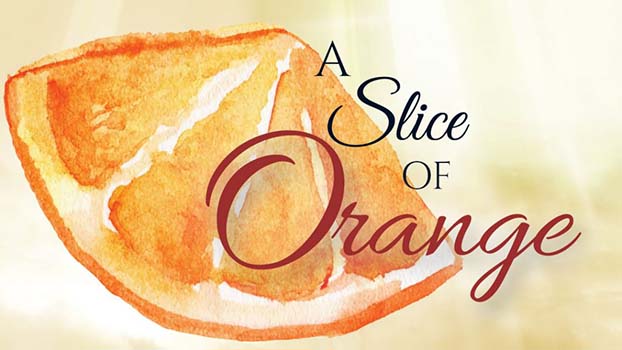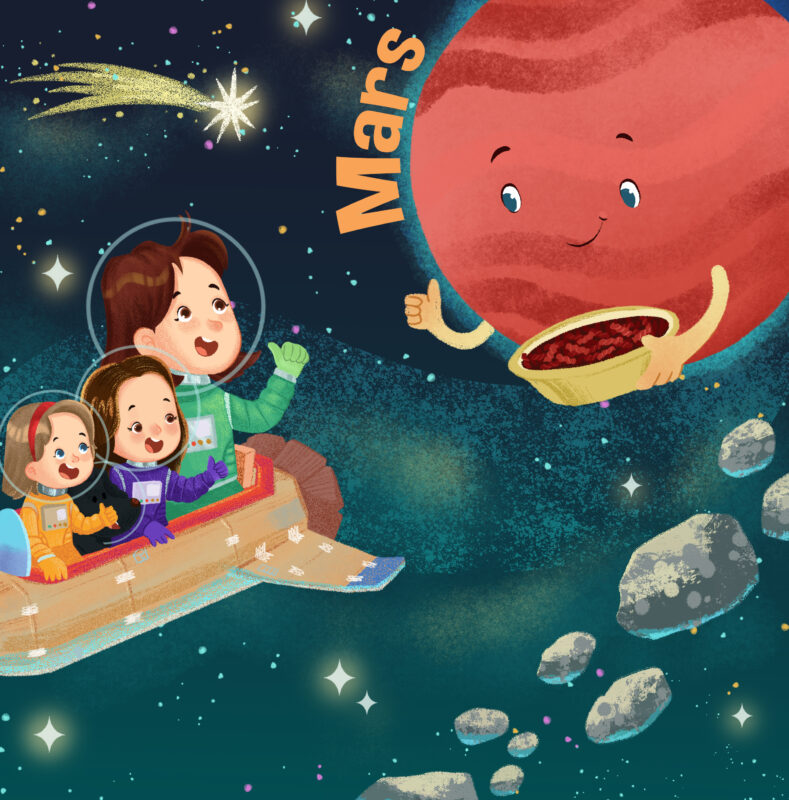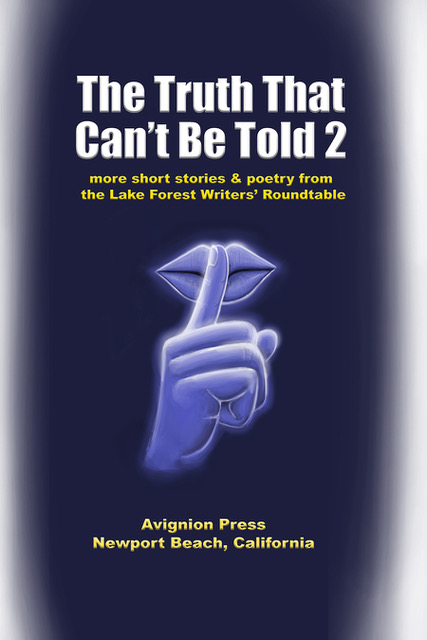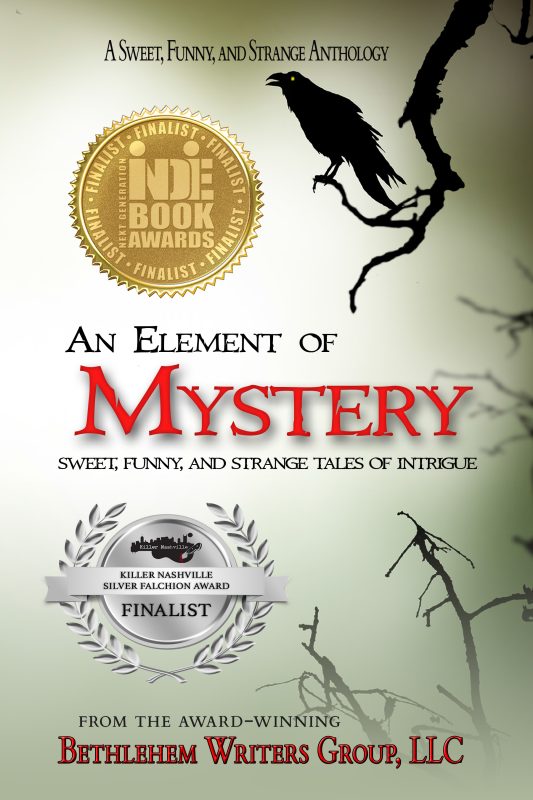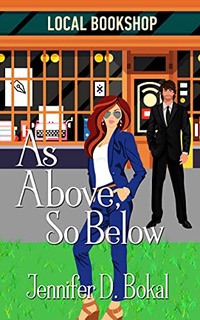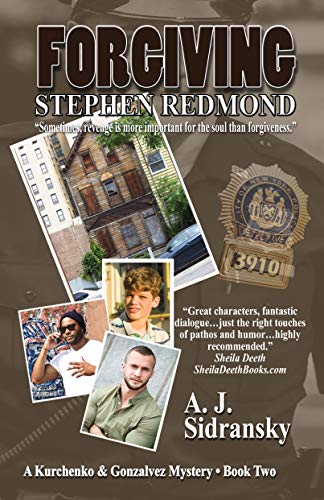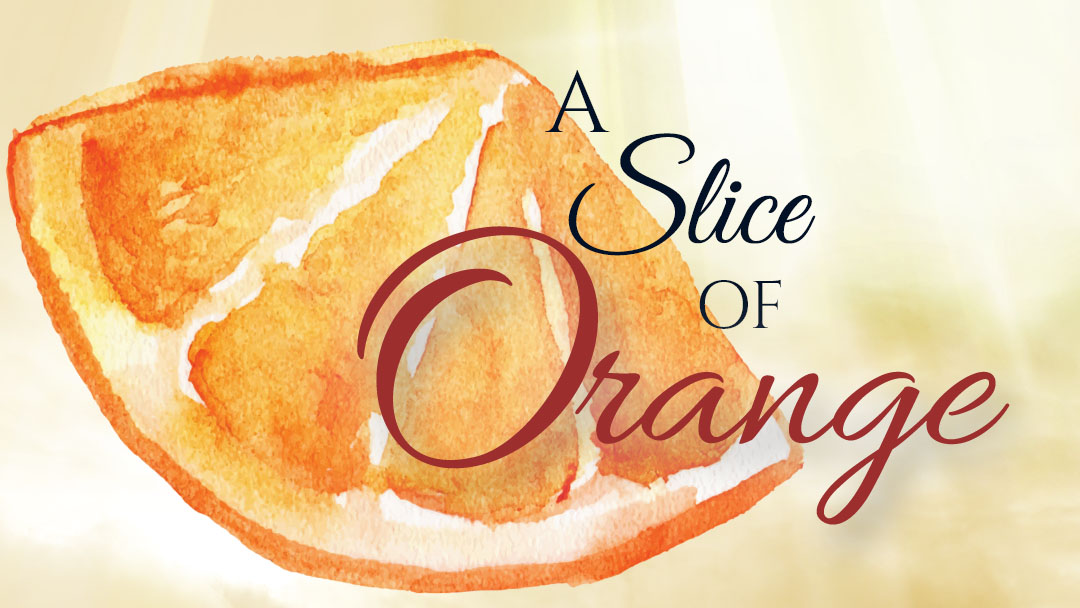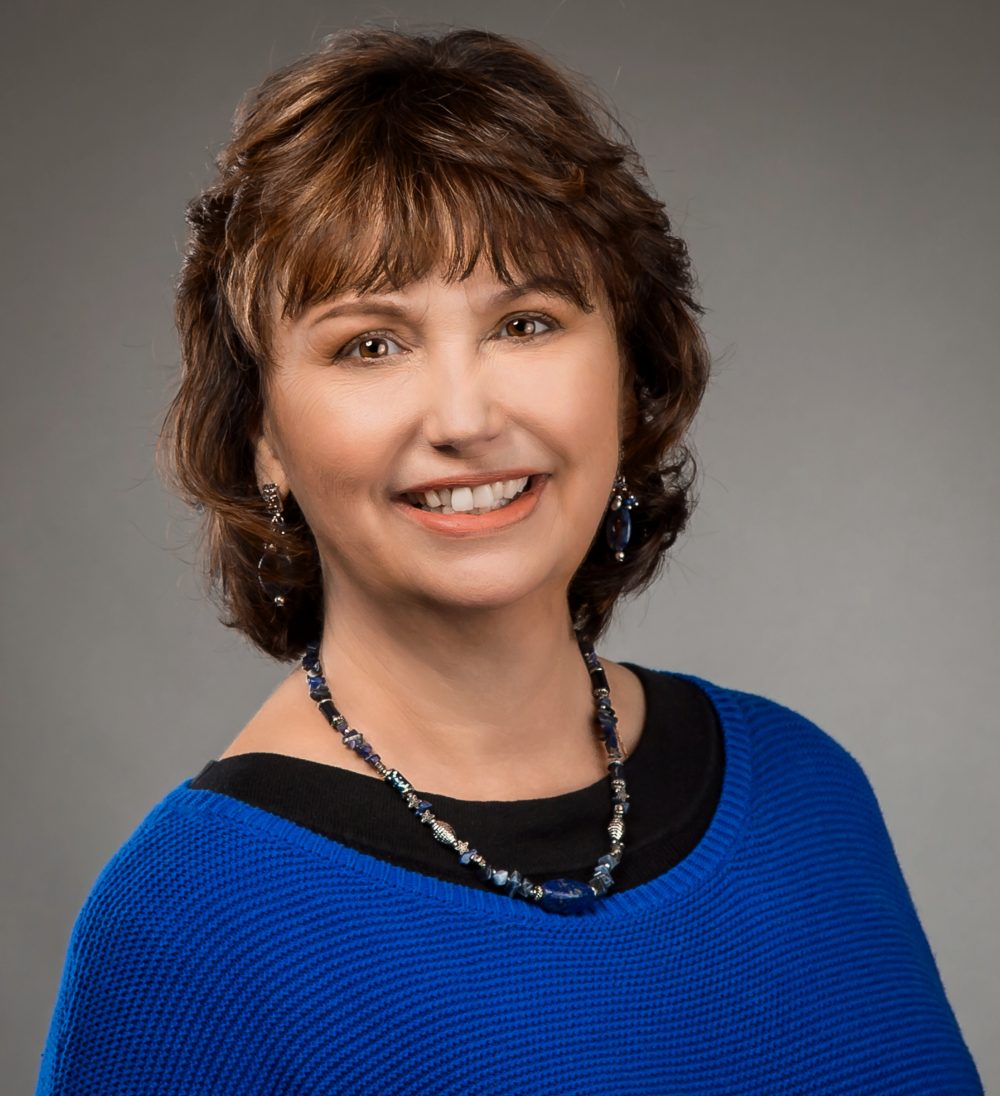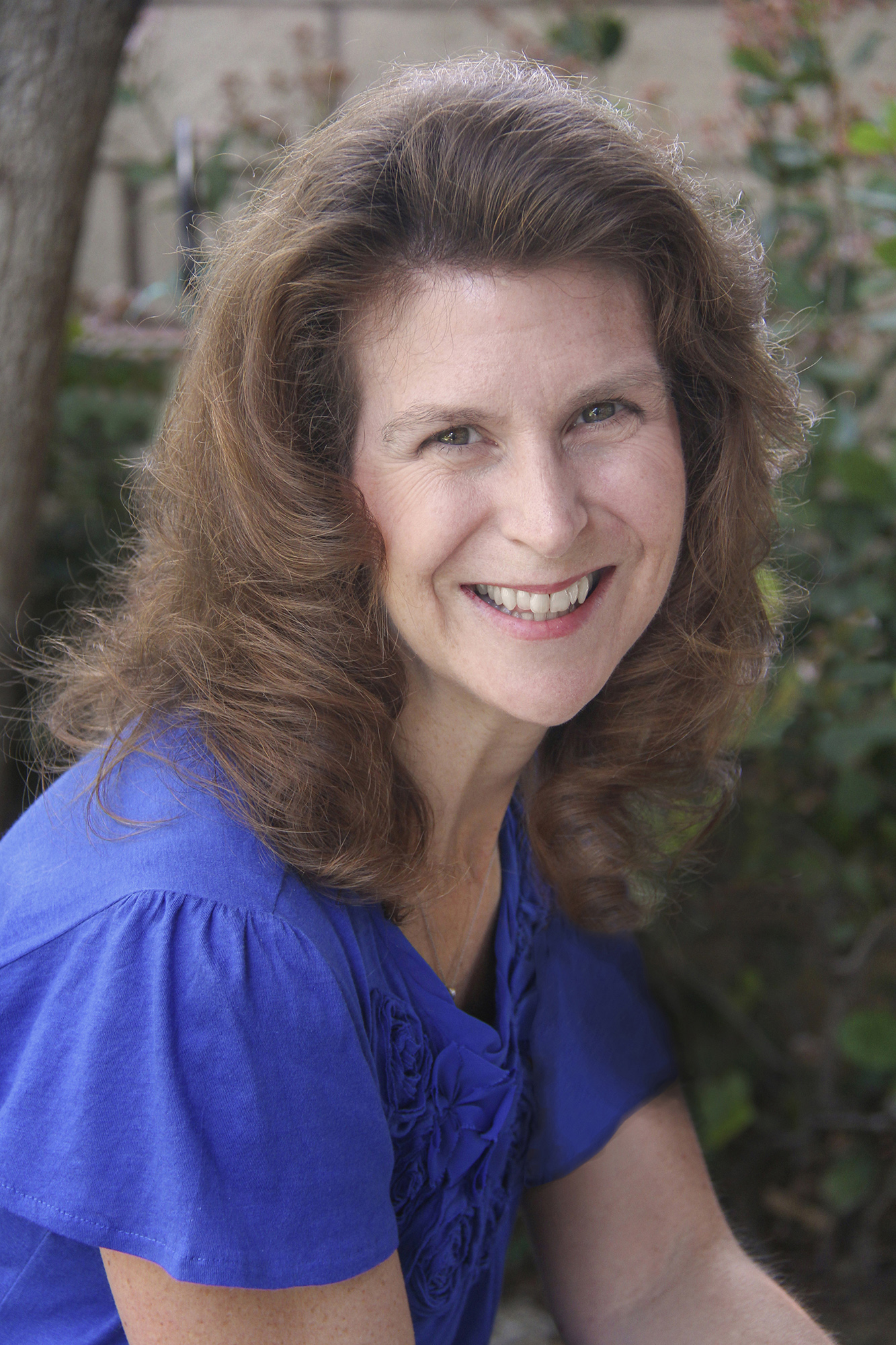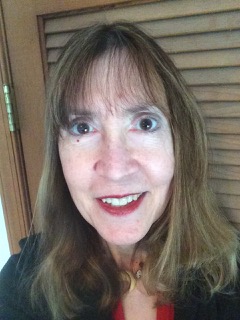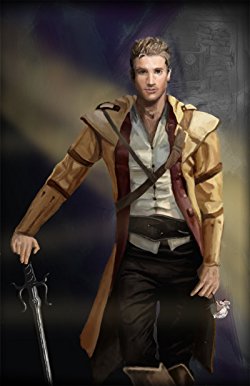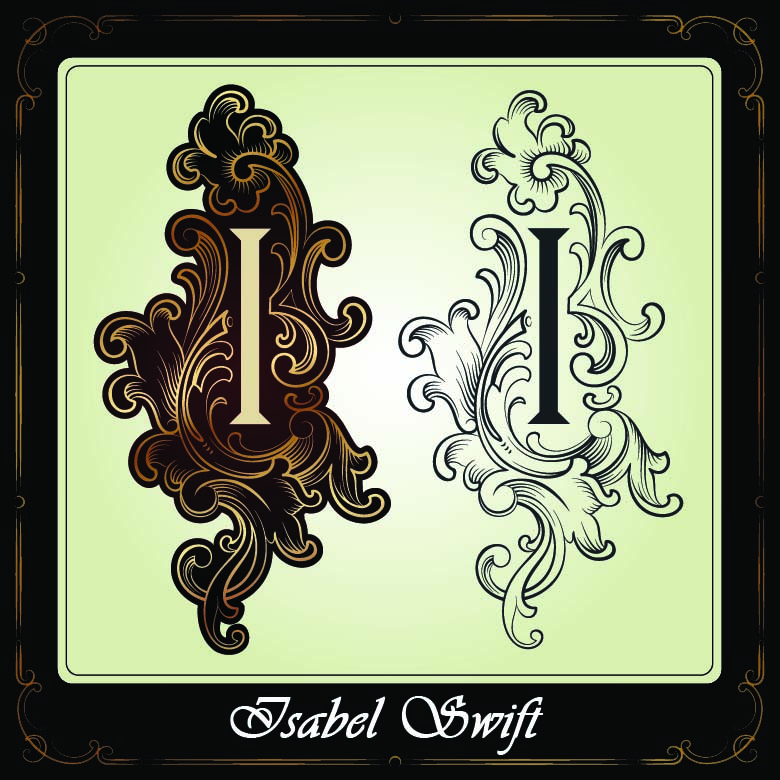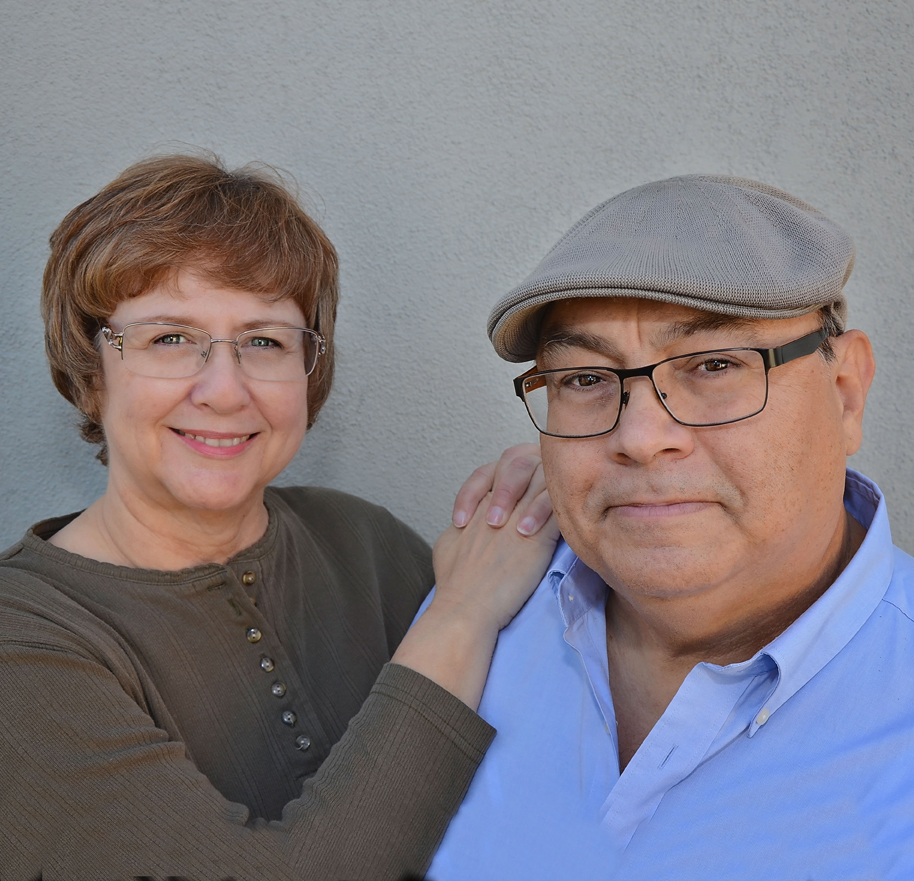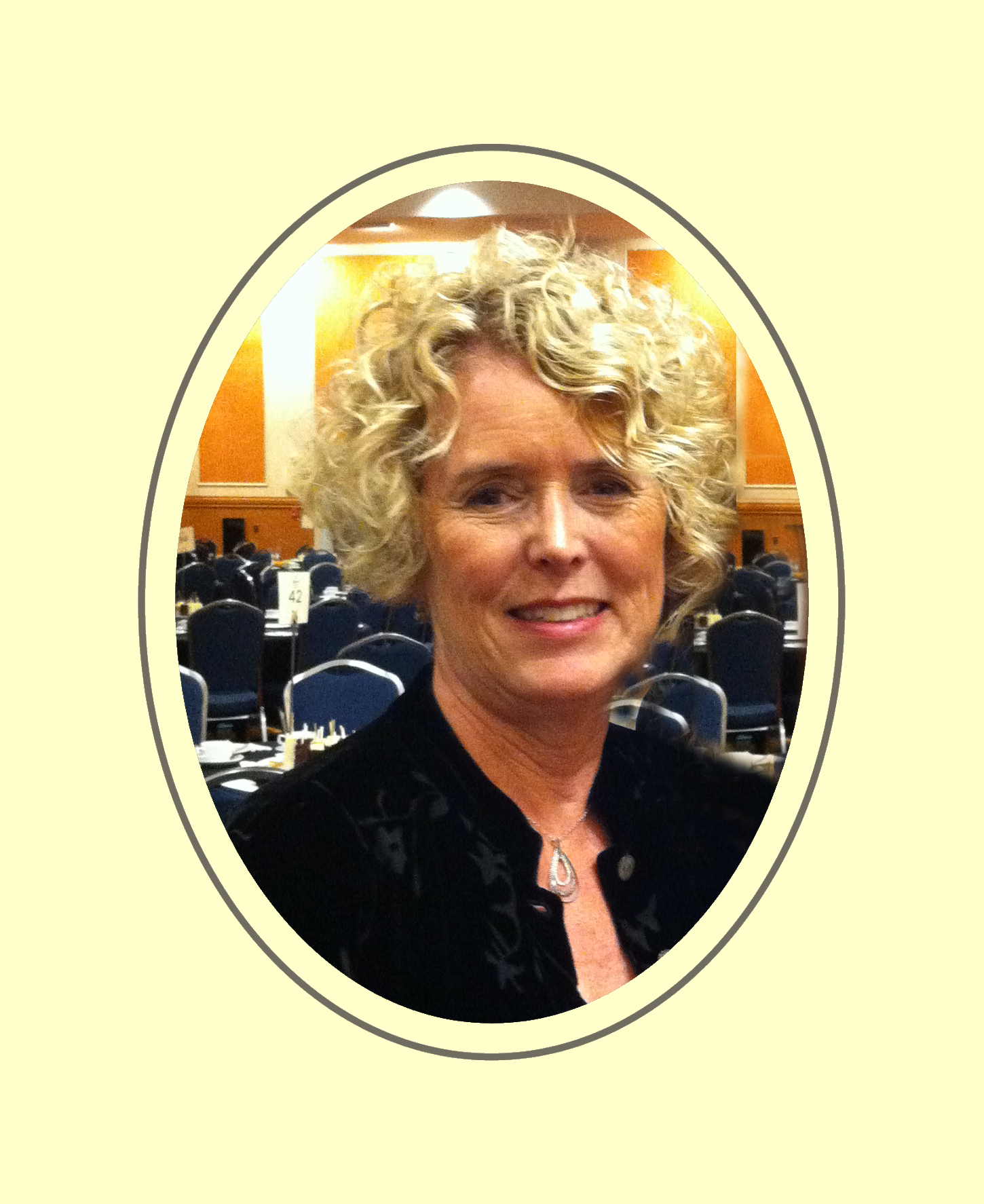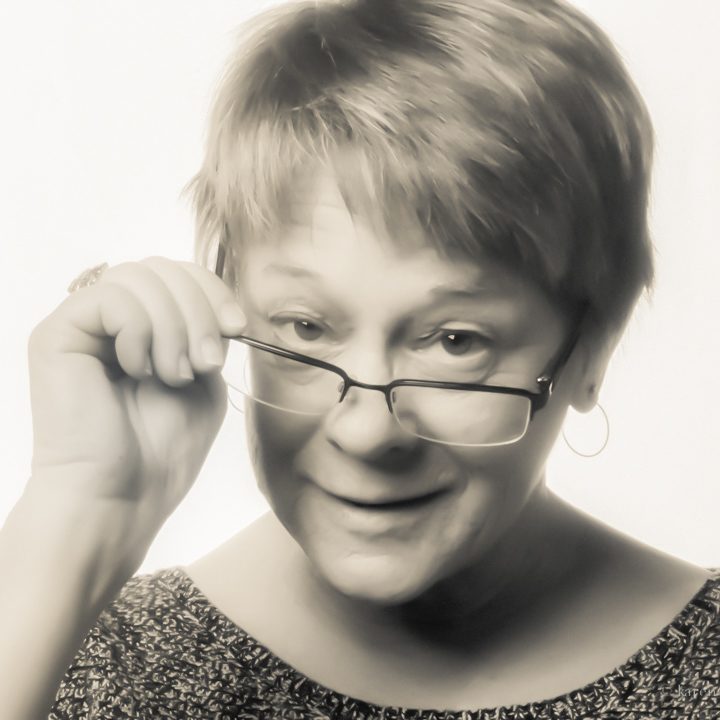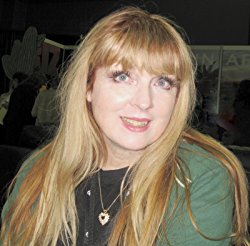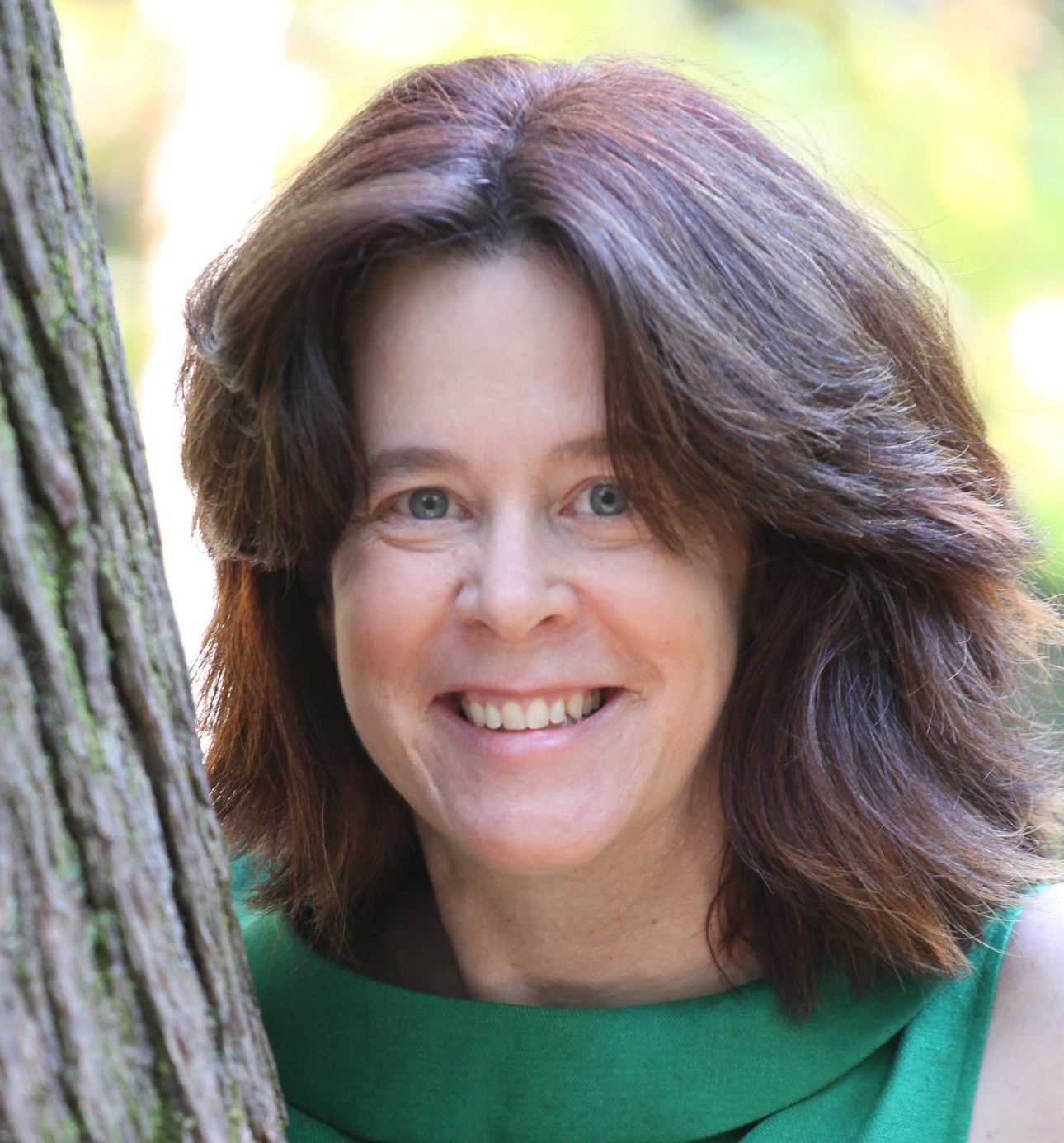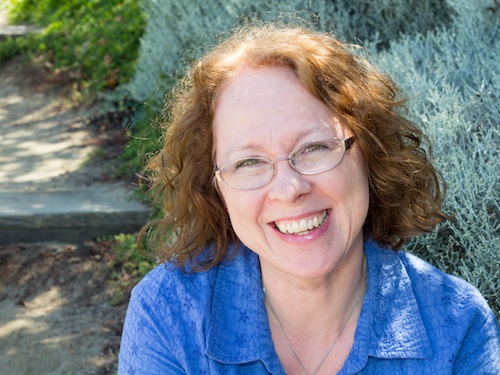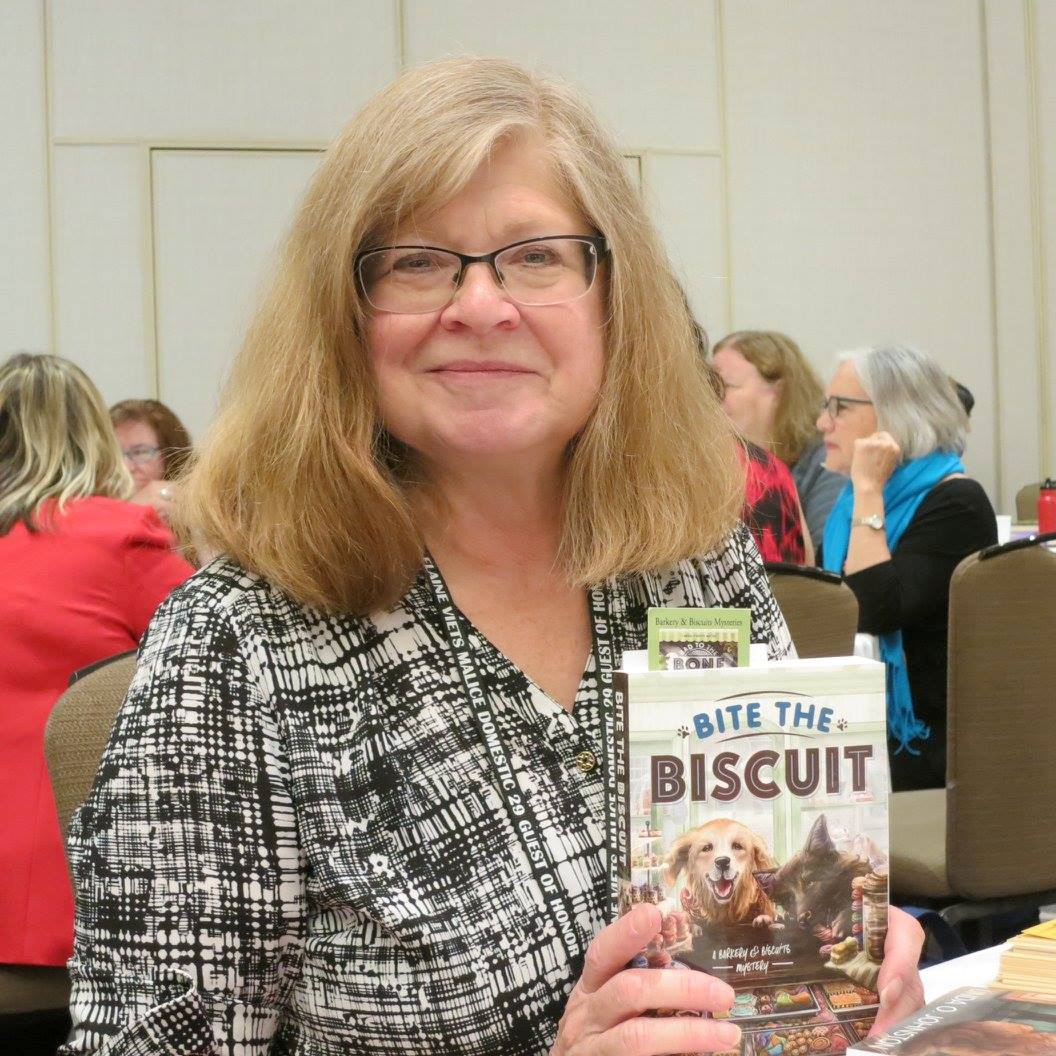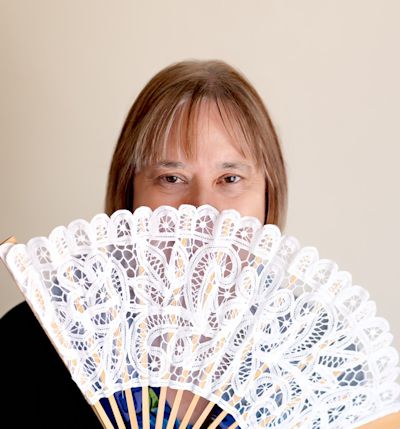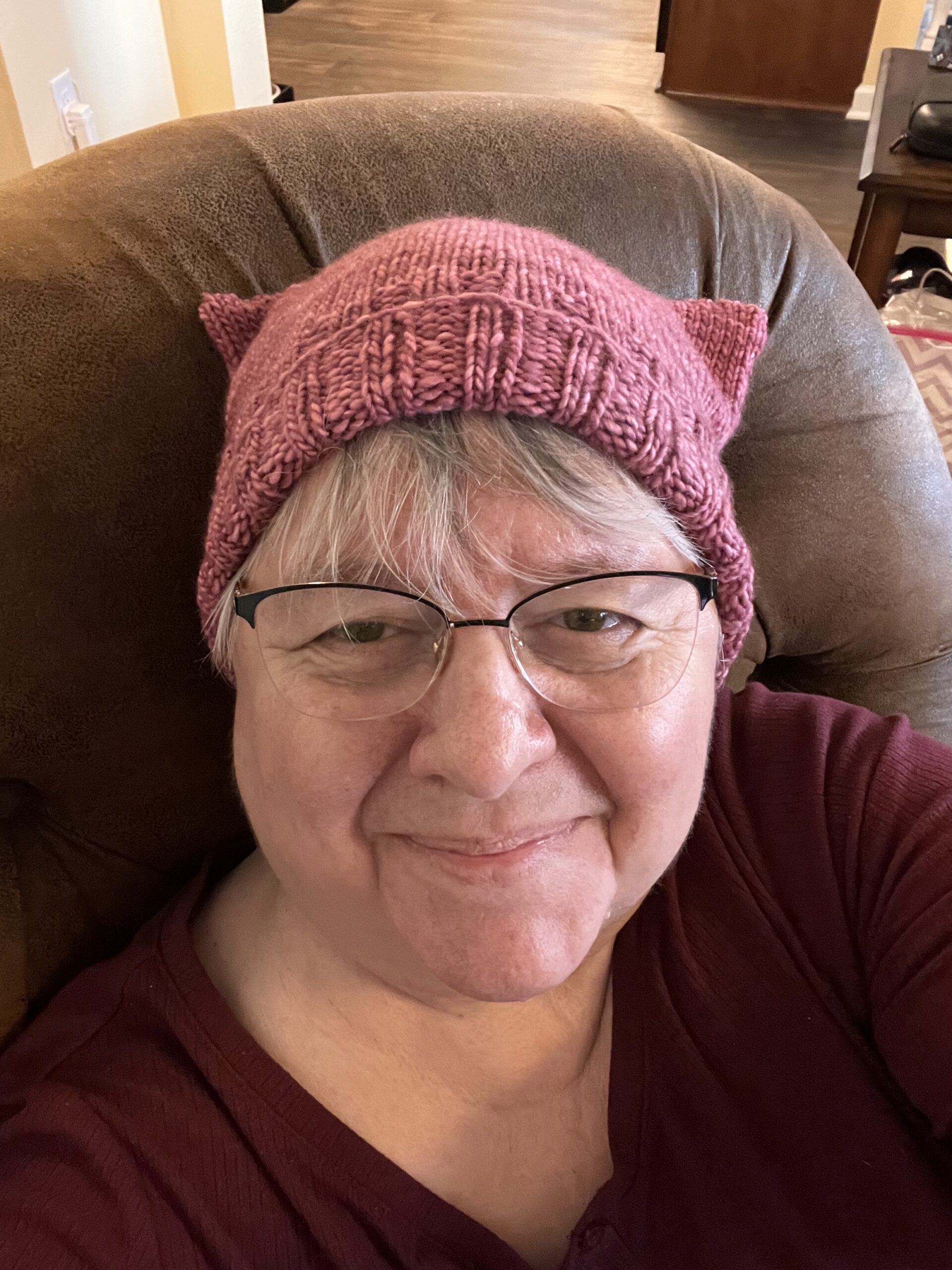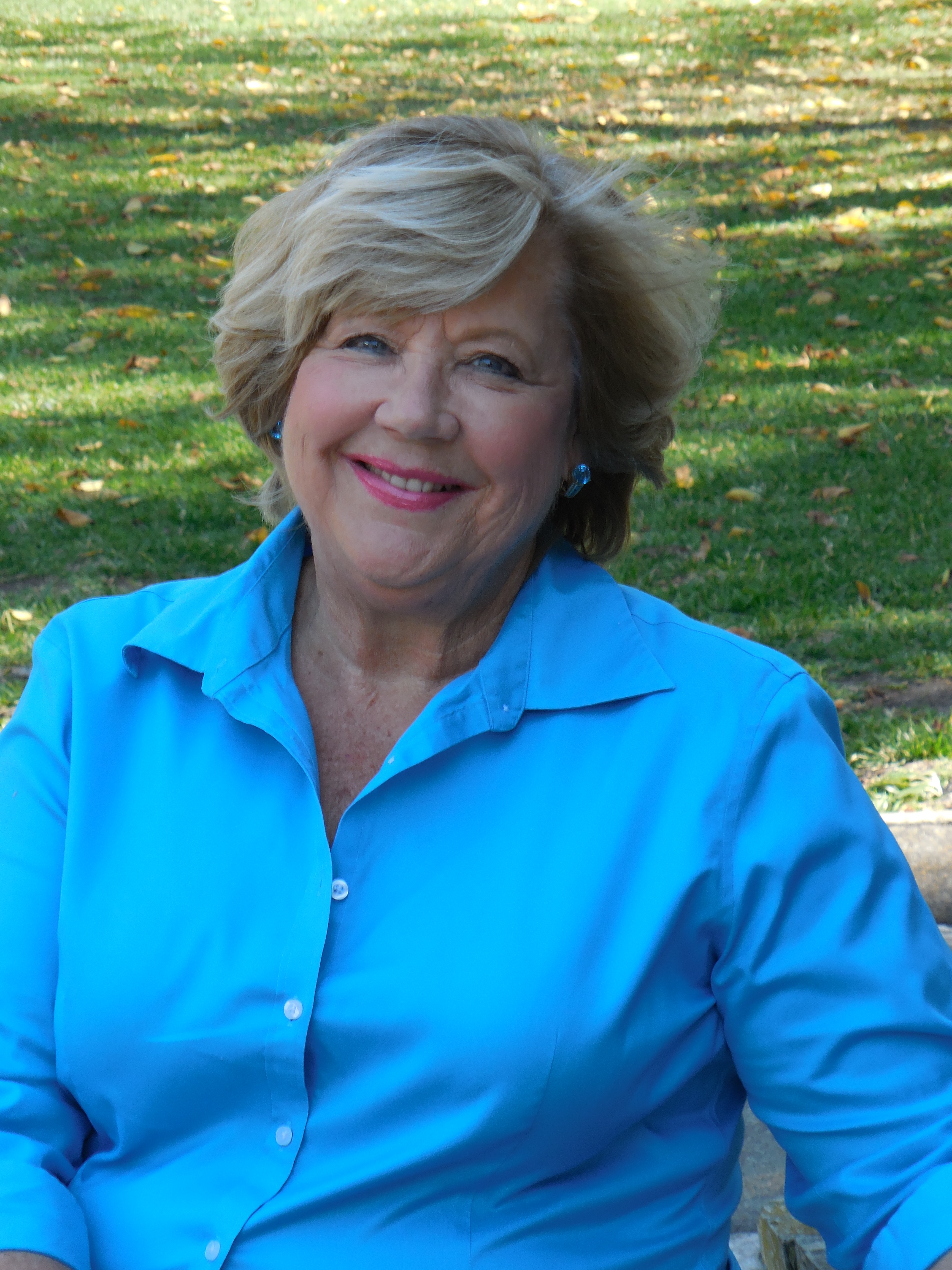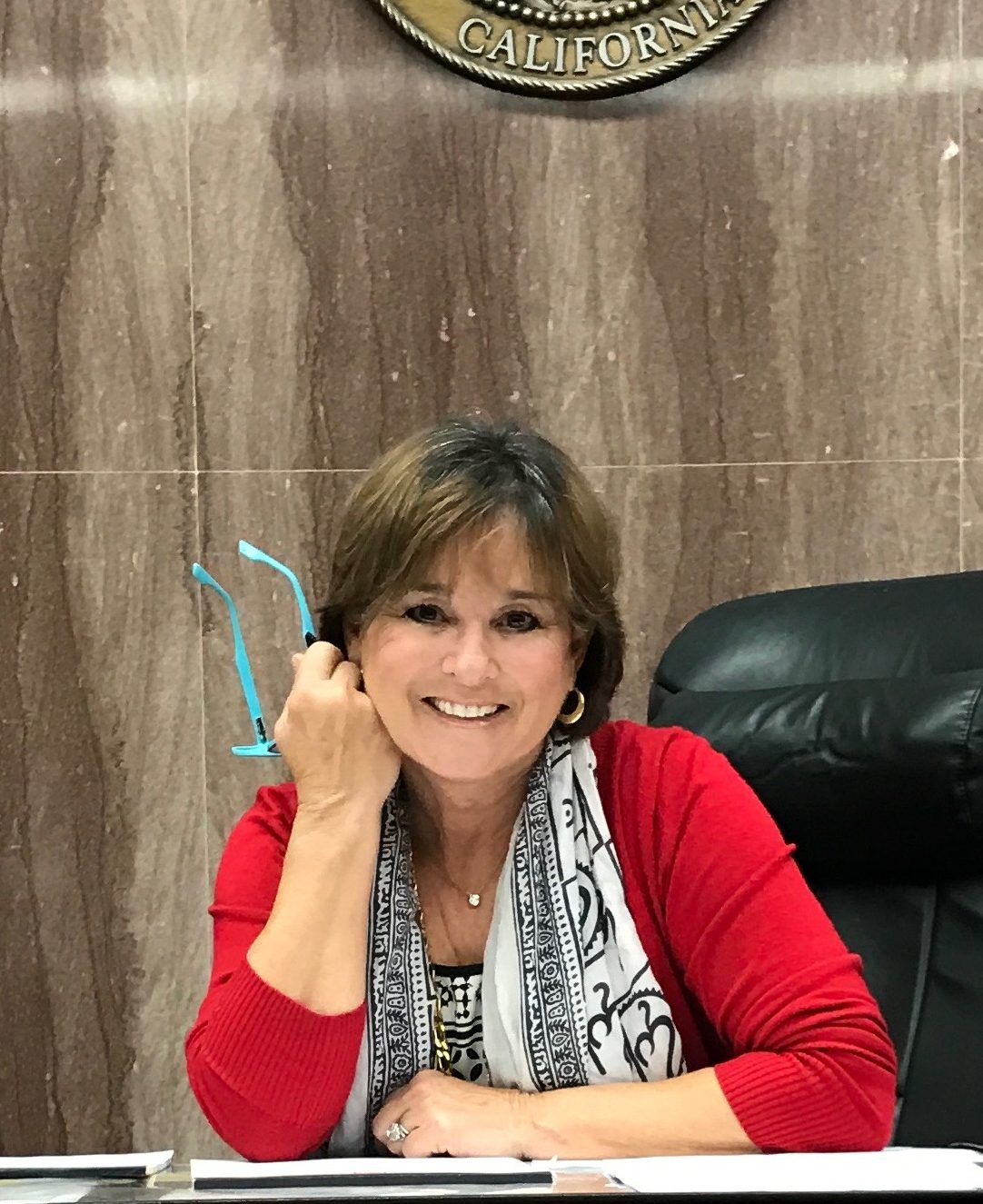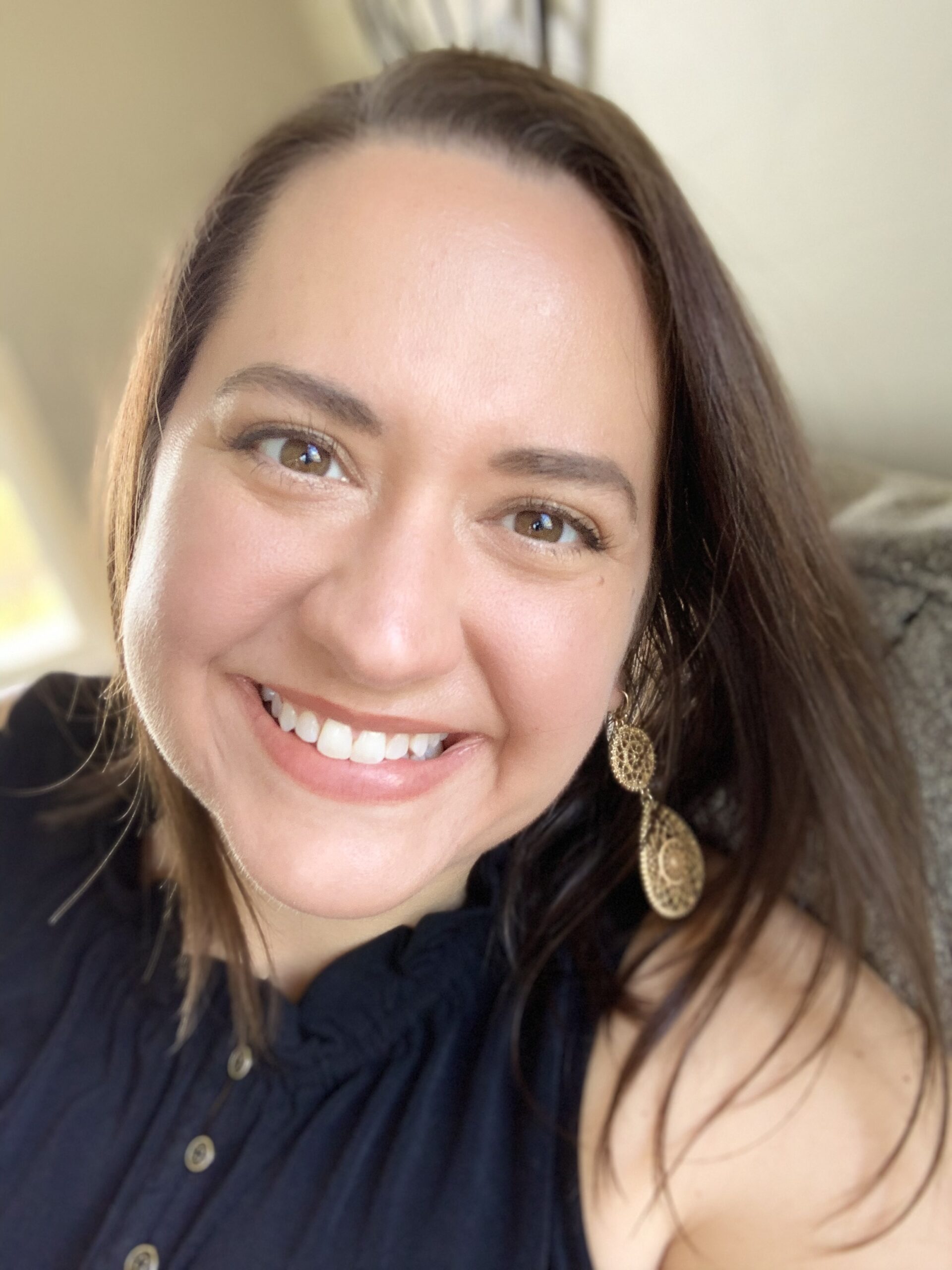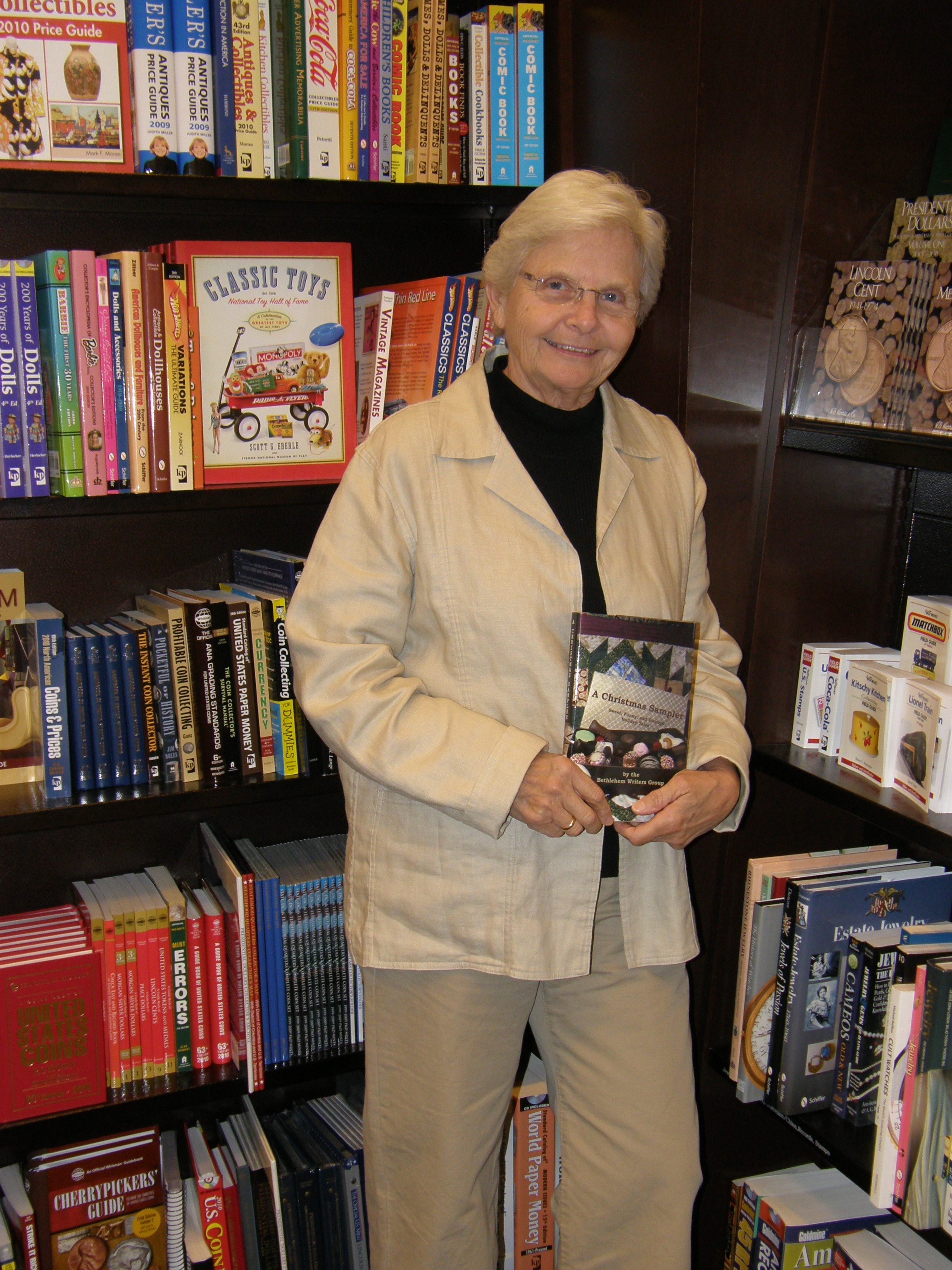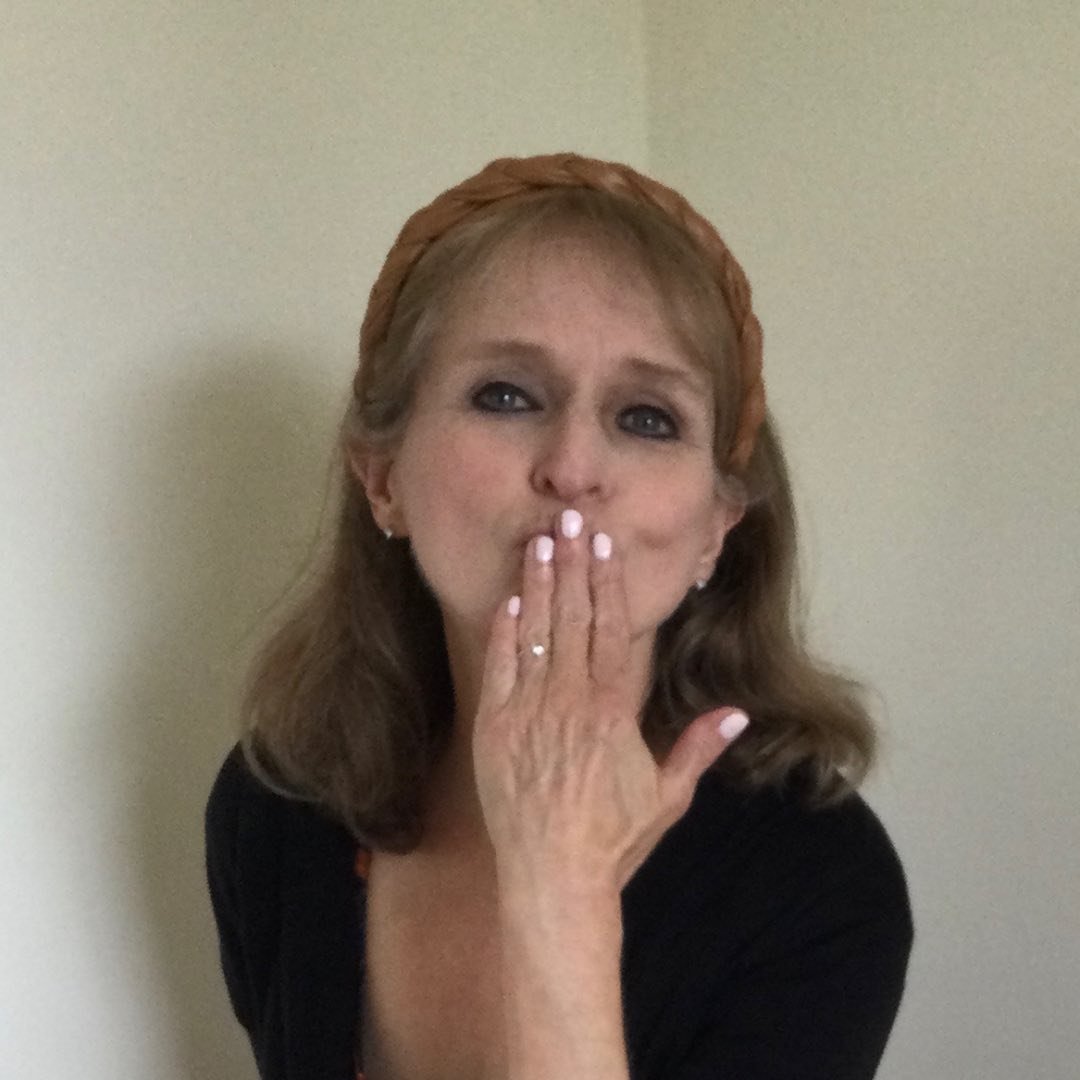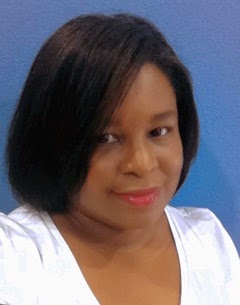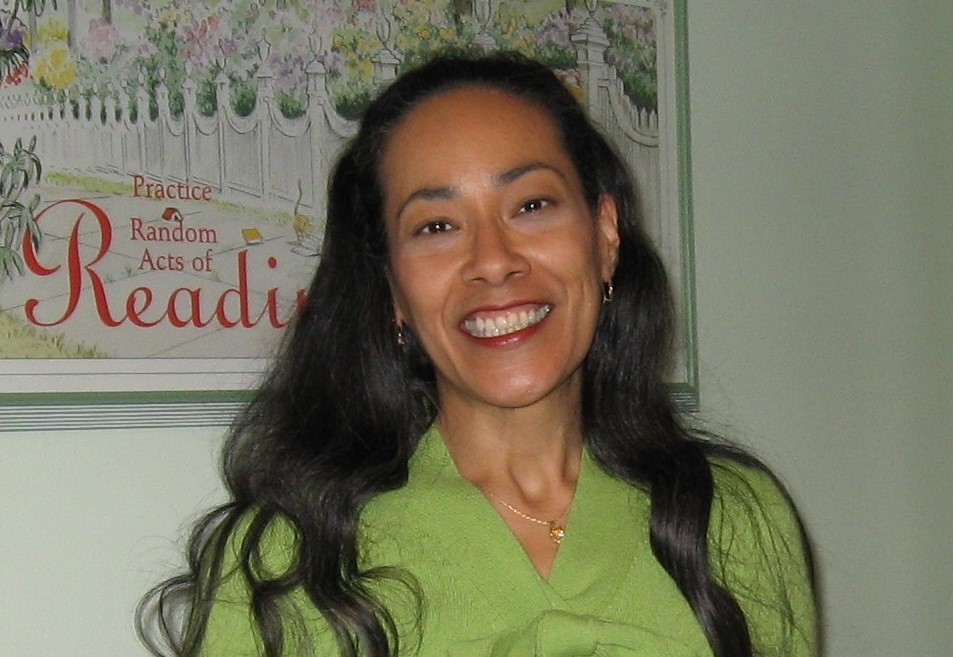A Fantasy Life by Janet Quinn Cornelow
December 28, 2011 by A Slice of Orange in category A Fantasy Life by Janet Cornelow tagged as Janet Cornelow, Janet QuinnHappy Holidays to everyone.
I hope everyone enjoyed Christmas and have recovered. It was a very busy day in my house since everyone comes to my house. My sons and their wives were here. My middle son’s mother-in-law and my sister were here. My two youngest sons helped cook dinner which is always good. Chewbaca, my dog, got his new squeaky ball first. He had it unwrapped quickly and then demanded that everyone play ball with him. He wore himself out.
Count Rugen, my cat, nearly had a nervous breakdown with so many people in the house. He’s not good with people. He hid behind the Christmas tree, under the dining room table where he tried to steal the silverware and finally collapsed on the bed.
It was Isabella’s first Christmas. She is my granddaughter. She mostly watched, but liked one of the balls and a rattle I bought her. We had to keep the ball away from Chewbaca. It was hard plastic and I didn’t want to be picking pieces out of his mouth.
I got a Kindle Fire for Christmas. I am still haven’t decided if I like it. It seems very difficult to work. It took me an hour to register it and an hour to actually purchase a book. It seems to get stuck on certain screens and it is difficult to change. The keyboard is super sensitive and hard to use. The reviews I read were all bad. Probably should have read them first.
I have all my backlist up at Nook now. It was as easy as putting them on Kindle thought some of the questions were different.
I am on vacation so I am trying to get some writing done on my western time-travel. It is going a bit slow because I am still tired from Christmas.
Everyone have a wonderful New Year. Remember it is time to set goals for the next year.
0 0 Read morePAW Anticipation
December 6, 2011 by Linda O. Johnston in category Pets, Romance & Lots of Suspense by Linda O. Johnston tagged as Harlequin Nocturne, Linda O. Johnston, Pet Rescue MysteriesA Fantasy Life by Janet Quinn Cornelow
November 28, 2011 by A Slice of Orange in category A Fantasy Life by Janet Cornelow tagged as Janet Cornelow, Janet QuinnI hope everyone had a wonderful Thanksgiving. I did with all of my sons, their spouses, my sister, and my granddaughter. My babies, the kitten and the dog, were worn out by the end of the day with all of the company.
The Enchanted Hawk is now up at Kindle. It is a fantasy romance.
Brylyn, of the Hawk Clan, is drawn into the intrigue surrounding Thom McGarrety, when his brother is to wed Anna from another domain. Brylyn faces the danger of the feonds, the humans who rule the area where her people used to live. They would see her and her people dead because they are shape-shifters.
When Anna’s family wants the McGarrety castle, Brylyn must trust her secret to Thom. Thom, believing that the shape-shifters are nothing but myth, must learn to believe in Brylyn and trust her to help save his life and his domain. Together, can they save the castle, unite their people and find lasting love?
Rob, my youngest, came over yesterday and helped me put up the Christmas tree. Count Rugen, the kitten, loves it. He has already knocked off a branch – it is a fake tree – , brought me an ornament, and pulled the bottom piece of garland across the room. It is going to be a year of repairing the Christmas tree.
I am not putting up as many decorations this year because of Count Rugen. The village is staying in its boxes. Many of the other decorations will also stay in their boxes. We are going heavy on wall hangings this year. Some of them have not been up in awhile. I figure Rugen can’t knock things off the wall as easily, though he will try.
I took Rob and his wife to the Bower’s Museum to see the Chinese Sand Warriors. It was well worth seeing if you want something to do over the holidays.
I hope everyone has a wonderful holiday season.
0 0 Read moreIsabel Swift comments on the lessons of Rudolf, the red-nosed reindeer
November 24, 2011 by Isabel Swift in category From Isabel Swift tagged as Isabel Swift, lessons, RudolfSome years ago I did a post on Rudolf the Red-nosed Reindeer. It’s a song that always troubled me, as it seemed so out of keeping with the general aspiration holiday cheer.
Rudolf, the Red-nosed Reindeer is such a straightforward statement that if you are or look different, others will ridicule, shun, humiliate and reject you. As you may recall, the other reindeer “laugh and call him names/They never let poor Rudolph/join in any reindeer games.”
That is his life until everyone suddenly discovers that the very thing that made him different will in fact deliver a unique and crucial skill that will overcome what had been an insurmountable obstacle. Of course, “Then all the reindeer loved him/as they shouted out with glee,/Rudolph the red-nosed reindeer,/you’ll go down in history!”
Clearly, for some people, anyone that is different is seen as a threat.
Perhaps some people assume if something is different it must be an enemy (?)
Perhaps some people think that, since they are perfect, anyone that doesn’t resemble them is less than perfect, and must be eliminated (?)
Perhaps some people think they are perfect, thus everyone else must also think they are perfect, so their differences are in conflict, and are an alarming threat to some people’s own belief system, sense of self-satisfaction and comfort (?)
But some people appreciate differences in others.
Perhaps they respond to the fact that evolutionary theory rewards those species that have variety, as it gives them more options for species survival to respond more effectively to a changing world. If a species becomes too uniform, then one problem can wipe out the entire species, because all are equally vulnerable (?)
Perhaps they realize that variety enhances survival because not everyone wants the same thing at the same time, diminishing competition and allowing peaceful coexistence (?)
Perhaps they have internalized the Rudolf lesson, that the very things that make someone different will offer key skills to the team, and make the sum far greater than each individual part—a central theme in romances (?)
And clearly, the trial by fire that so many live through in environments that penalize differences can forge powerful, creative and remarkable human beings.
But it is hard on the young. For the lessons we learn in Kindergarten are not pretty and many live their whole lives trying to overcome or find forgiveness for what happened then.
In an effort to prevent teen suicides among kids with gender and sexuality issues there are resources. It gets better.org or The Trevor Project are two.
The focus there is gender, but the basic issue is the same. Being different may not be an easy road, but it gets better—even for Rudolf. And adults have only to pause for an instant to think of all the people who were “different” that have transformed their lives and the world around them and value and support the gift of being different.
Here’s hoping that the coming season gives us all things to be thankful for—the gift of accepting—indeed of celebrating our differences. For therein lies our strength.
Isabel Swift
1 0 Read moreBetween the Lines with Charlotte Lobb (writing as Charlotte Carter)
November 13, 2011 by A Slice of Orange in category Interviews tagged as Charlotte Carter, Charlotte Lobb, Love InspiredA multi-published author of more than fifty romance, cozy mystery and inspirational titles, Charlotte Carter lives in Southern California with her husband of forty-nine years and their cat Mittens—an equal opportunity lap cat. They have two married daughters and five grandchildren. When she’s not writing, Charlotte does a little stand-up comedy—G-Rated Humor for Grownups—and teaches workshops on the craft of writing.
Affiliate Links
A Slice of Orange is an affiliate with some of the booksellers listed on this website, including Barnes & Nobel, Books A Million, iBooks, Kobo, and Smashwords. This means A Slice of Orange may earn a small advertising fee from sales made through the links used on this website. There are reminders of these affiliate links on the pages for individual books.
Search A Slice of Orange
Find a Column
Archives
Featured Books
THE TRUTH THAT CAN’T BE TOLD BOOK 2
Unrequited love, quiet shame, guttural fear are the truths we hide from the world…often from those we love the most.
More info →AN ELEMENT OF MYSTERTY: SWEET, FUNNY, AND STRANGE TALES OF INTRIGUE
Dare you read our latest Sweet, Funny, and Strange® Anthology?
More info →Newsletter
Contributing Authors
Search A Slice of Orange
Find a Column
Archives
Authors in the Bookstore
- A. E. Decker
- A. J. Scudiere
- A.J. Sidransky
- Abby Collette
- Alanna Lucus
- Albert Marrin
- Alice Duncan
- Alina K. Field
- Alison Green Myers
- Andi Lawrencovna
- Andrew C Raiford
- Angela Pryce
- Aviva Vaughn
- Barbara Ankrum
- Bethlehem Writers Group, LLC
- Carol L. Wright
- Celeste Barclay
- Christina Alexandra
- Christopher D. Ochs
- Claire Davon
- Claire Naden
- Courtnee Turner Hoyle
- Courtney Annicchiarico
- D. Lieber
- Daniel V. Meier Jr.
- Debra Dixon
- Debra H. Goldstein
- Debra Holland
- Dee Ann Palmer
- Denise M. Colby
- Diane Benefiel
- Diane Sismour
- Dianna Sinovic
- DT Krippene
- E.B. Dawson
- Emilie Dallaire
- Emily Brightwell
- Emily PW Murphy
- Fae Rowen
- Faith L. Justice
- Frances Amati
- Geralyn Corcillo
- Glynnis Campbell
- Greg Jolley
- H. O. Charles
- Jaclyn Roché
- Jacqueline Diamond
- Janet Lynn and Will Zeilinger
- Jaya Mehta
- Jeff Baird
- Jenna Barwin
- Jenne Kern
- Jennifer D. Bokal
- Jennifer Lyon
- Jerome W. McFadden
- Jill Piscitello
- Jina Bacarr
- Jo A. Hiestand
- Jodi Bogert
- Jolina Petersheim
- Jonathan Maberry
- Joy Allyson
- Judy Duarte
- Justin Murphy
- Justine Davis
- Kat Martin
- Kidd Wadsworth
- Kitty Bucholtz
- Kristy Tate
- Larry Deibert
- Larry Hamilton
- Laura Drake
- Laurie Stevens
- Leslie Knowles
- Li-Ying Lundquist
- Linda Carroll-Bradd
- Linda Lappin
- Linda McLaughlin
- Linda O. Johnston
- Lisa Preston
- Lolo Paige
- Loran Holt
- Lynette M. Burrows
- Lyssa Kay Adams
- Madeline Ash
- Margarita Engle
- Marguerite Quantaine
- Marianne H. Donley
- Mary Castillo
- Maureen Klovers
- Megan Haskell
- Melanie Waterbury
- Melisa Rivero
- Melissa Chambers
- Melodie Winawer
- Meriam Wilhelm
- Mikel J. Wilson
- Mindy Neff
- Monica McCabe
- Nancy Brashear
- Neetu Malik
- Nikki Prince
- Once Upon Anthologies
- Paula Gail Benson
- Penny Reid
- Peter Barbour
- Priscilla Oliveras
- R. H. Kohno
- Rachel Hailey
- Ralph Hieb
- Ramcy Diek
- Ransom Stephens
- Rebecca Forster
- Renae Wrich
- Roxy Matthews
- Ryder Hunte Clancy
- Sally Paradysz
- Sheila Colón-Bagley
- Simone de Muñoz
- Sophie Barnes
- Susan Kaye Quinn
- Susan Lynn Meyer
- Susan Squires
- T. D. Fox
- Tara C. Allred
- Tara Lain
- Tari Lynn Jewett
- Terri Osburn
- Tracy Reed
- Vera Jane Cook
- Vicki Crum
- Writing Something Romantic
Affiliate Links
A Slice of Orange is an affiliate with some of the booksellers listed on this website, including Barnes & Nobel, Books A Million, iBooks, Kobo, and Smashwords. This means A Slice of Orange may earn a small advertising fee from sales made through the links used on this website. There are reminders of these affiliate links on the pages for individual books.
